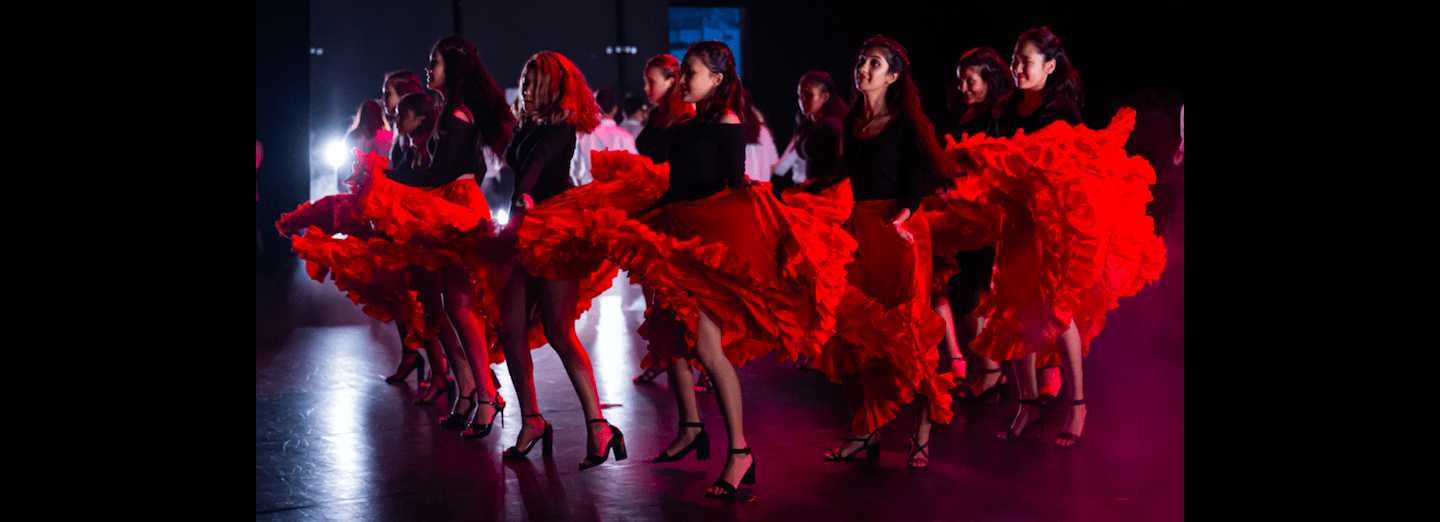In 2018, Dolce & Gabbana, an Italian luxury brand, released a campaign in China that sparked controversy and outrage amongst its viewers. The advert had depicted a Chinese model being taught by a male voice off-stage how to use chopsticks to eat popular Italian dishes that included pizza, Sicilian cannoli and their most ‘complex’ dish yet – spaghetti. The advert received overwhelming responses of disapproval and accusations of racism. Through this example, we can see the power texts can hold in representing different groups of people.
In my opinion, I believe that the advert was in fact, offensive and insensitive towards Chinese culture. Firstly, this is seen through the advert’s intentions of ‘demonstrating’ to Chinese people how to use the ‘small-stick-shaped cutlery’ whilst eating ‘great’ Italian food. By claiming to teach Chinese people to use chopsticks, an item of their own culture, in the ‘proper’ manner, it instantly disregards Chinese culture and establishes a superiority complex. Their descriptions of chopsticks connote that the cutlery is highly primitive and simplistic. Furthermore, the male voice off-stage is heard speaking in a highly authoritative, infantilizing and demeaning manner towards the Chinese model. The male voice is heard using the phrase “bravissimo” multiple times in order to praise the model for managing to use chopsticks to eat the Italian food as if he were praising a child. The advert had callously reanimated the Western neo-imperialist worldview of China, reverting back to the idea of orientalism.
The idea of orientalism justifies the assertion of European and Western power over the East. Apart from exaggerating misleading stereotypes associated with the culture, it ostracizes and exoticizes everything that is not apart of their ‘high culture’. It fuels the notion that Western and European culture is high in desirability in which naturally, all other cultures should be striving to become more like them. This very insular view of the world triggered a classmate to mention the idea of “white man’s burden” – the idea that those of higher culture has the responsibility to ‘lift up’ and ‘educate’ for example, the primitive Chinese culture. Similarly, such is the message that the Dolce & Gabbana campaign conveys. By poorly representing a culture, it reduces the culture in its entirety into a stereotype. The people in power, which in this context is the Italian luxury brand, dictates what should be normalised in mass media, acknowledging these stereotypes as knowledge. By allowing adverts like these to circulate, it gives ‘higher cultures’ the legitimacy to assert dominance and superiority over other cultures, pedalling racial segregation and hierarchy.
From this example, we see how texts encapsulate specific values and perspectives which have the power to become the dominant discourse. This exemplifies how texts should be recognised with the appropriate weight that they carry as they have the power to either distort or highlight a particular group in a particular manner.


